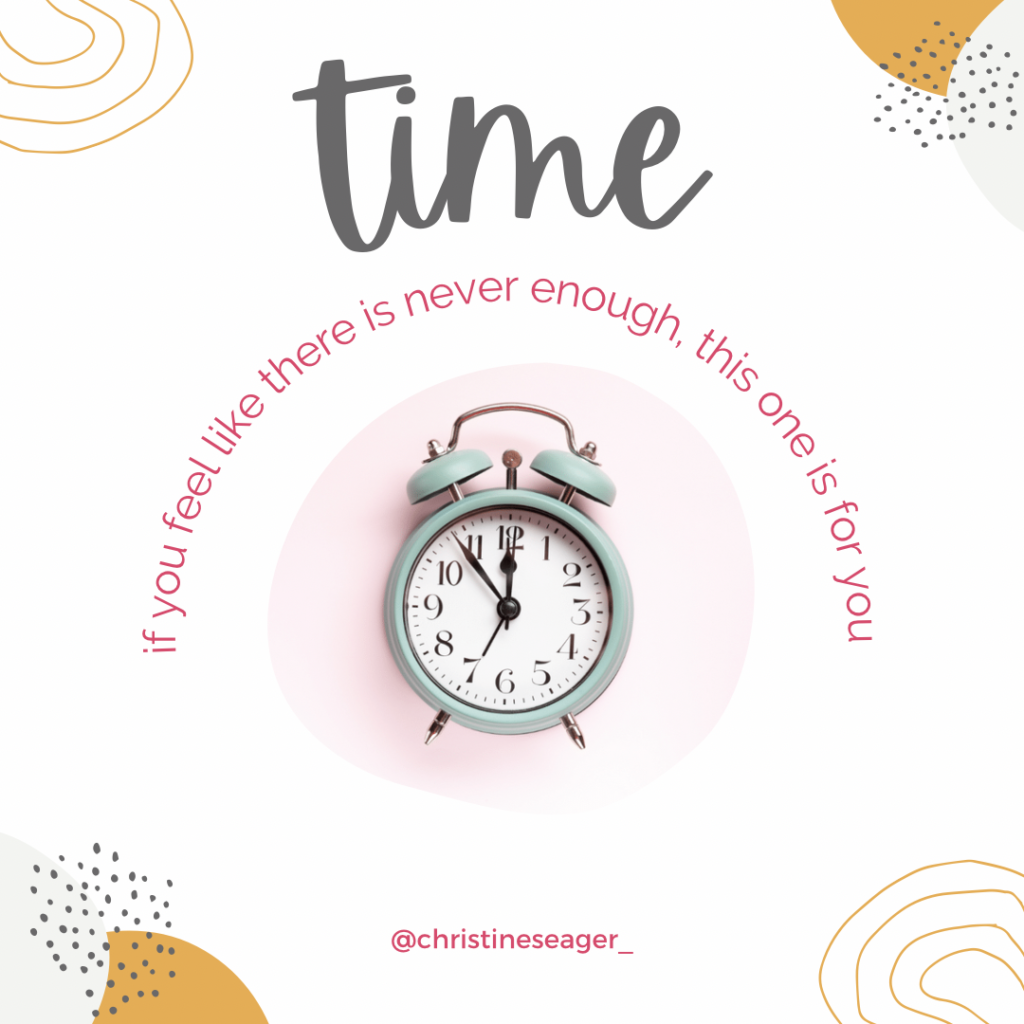For any of you who might need this reminder, you are a human being having a human experience– even when you already know how this works!
For example, maybe you want to plan a trip, but you’re stressed out about it– even when you’re doing good & fun things.
You think– this will be fun, this should be easier…
But why all the mind drama?
Because brains are gonna brain.
Because you’ve been doing it this way for __ [insert your age here] number of years.
Because you haven’t yet, mastered it…
But you are masterING it.
Maybe, you just miss the physical & emotional cues, therefore,
You didn’t pull yourself out of it or even
Question what was going on.
Next time, try this:
You’re feeling tightness in your forehead & chest,
feeling like a deer in headlights,
feeling selfish,
& worried about making the “right” decisions.
You are struggling to decide,
changing your mind about decisions made, and
asking others for their opinions over & over & over.
When you notice feeling this way, step back & ask:
What is going on here?
Why are you feeling this way?
And doing these things?
Answer these questions.
For example:
You will miss being away from your home & family.
You are forgetting a commitment.
You will be uncomfortable traveling so much.
It will be too expensive.
Then ask yourself:
Is it true?
And if so, what would you like to do about it?
Yes, you might miss being away from your home & family, so shorten the trip.
Yes, you might forget a commitment, so check the dates.
You might be uncomfortable traveling, but you will also be uncomfortable staying home- which do you prefer?
Yes, it might be expensive, but that’s how much things cost nowadays.
It really is as simple as
noticing when you feel worried,
asking what’s going on,
checking to see if it’s true &
mitigating those fears & concerns.
If this interests you & you’d like to learn more,
If you’d like personalized 1-on-1, private support to work through your fears & concerns,
If you’d like to work with me, book a complimentary, no-obligation consult here.









